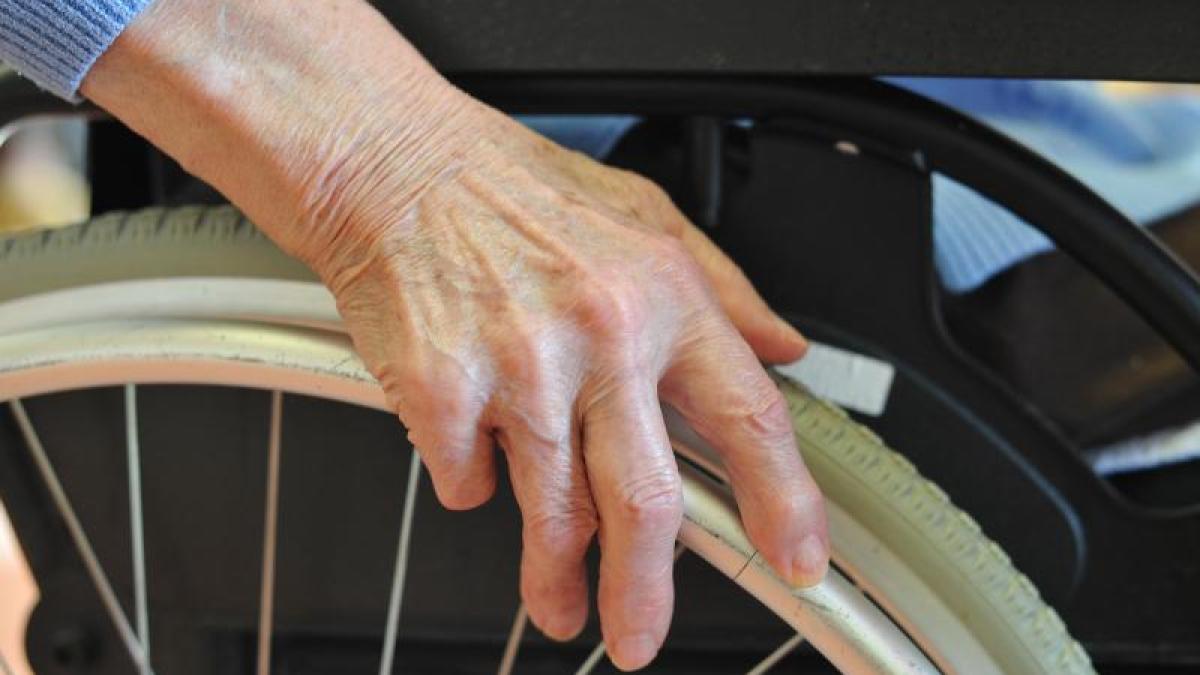Here, the computerized implant provides the first proof of concept for acute and chronic pain in a mouse model. So the mice not only take 40% more time to remove their claws from the source of the pain, but they spend two-thirds of the extra time in the room where the computer-controlled implant is working. According to the authors, the implant accurately detected pain in 80% of cases.
A computerized brain implant that responds in real time to activate source regions in the brain
The principle is roughly the same as that of the implant already developed for focal epilepsy, and relies on the closed-loop brain-machine interface, which detects brain activity in the anterior cingulate cortex, an area of the brain involved in epilepsy treatment. Pain. A computer attached to the implant automatically identifies electrical patterns in the brain that are closely related to pain. When these pain signals are detected, the computer therapeutically stimulates another area of the brain, the prefrontal cortex, which provides relief.
Permanent or definitive solution: These preclinical findings show that the implant may be an effective and more specific pain treatment option, explains lead author, Dr. Jing Wang, associate professor in the Department of Anesthesiology at NYU Langone Health, but also “An alternative to medications, such as opioids that often become less effective over time and can lead to dependence.”
In addition, the device is only activated in the presence of pain signals, so the risks of overuse and tolerance are significantly reduced.
A better understanding of how pain works in the brain: This is the second advantage of this device, which also transmits valuable data about pain signals, and can also, on the same principle, constitute a non-pharmacological alternative to other neuropsychiatric disorders, also activating certain areas of the brain, such as anxiety, depression or a disorder after the shock.
The team is currently working to improve the pain-detecting capabilities of the implant, using additional electrodes, implanted or attached to other areas of the brain.
At this point, the technology remains too invasive for clinical use, but researchers are considering a form that is more directly adaptable to human use.






